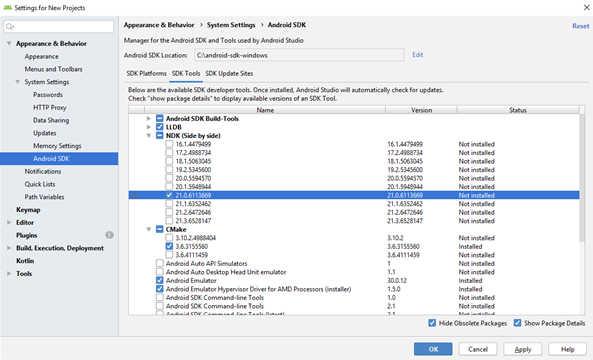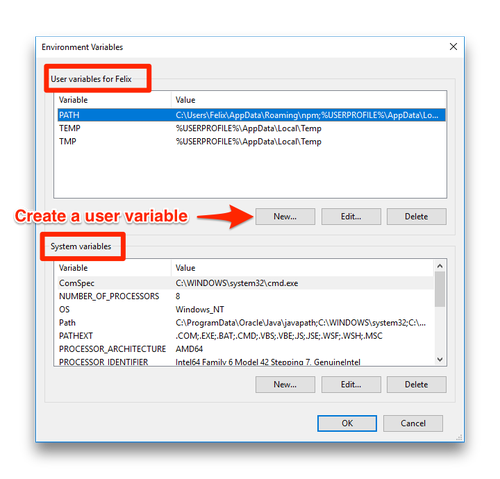
This agglomerates the lines found in the files /etc/paths and /etc/paths.d/*.
To Check if an Environment Variable Exists From Inside Nuke Press X in the Node Graph, check that TCL is enabled, and enter: getenvHowever there are also the system defaults, such as /etc/profile and /etc/bashrc.Īs you can see from checking out /etc/profile, the PATH variable is set up using a utility located at /usr/libexec/path_helper (see the path_helper(8) manpage). For a list of the environment variables that Nuke understands, see Nuke Environment Variables. If you're talking about environment variables specific to the shell, there are the user-specific locations such as ~/.bashrc, ~/.bash_profile, ~/.profile, etcetera.

It can be undone with the following: launchctl unsetenv FOO You can see this for yourself by quitting and relaunching Terminal, then running env. As an experiment, try the following in Terminal: launchctl setenv FOO BARĪny application launched in your login session will now contain the FOO=BAR pair. In Mac OS X, launchd is responsible for bootstrapping login sessions, and as such, is the first "source" of environment variables. For example, this is how you can access an environment variable named USER: > import os > user os.


The simplest way to retrieve a variable from inside your application is to use the standard dictionary syntax. The first thing to know about environment variables is that (normally), one processes inherit them from their parents. In Python, the os.environ dictionary contains all the environment variables.


 0 kommentar(er)
0 kommentar(er)
